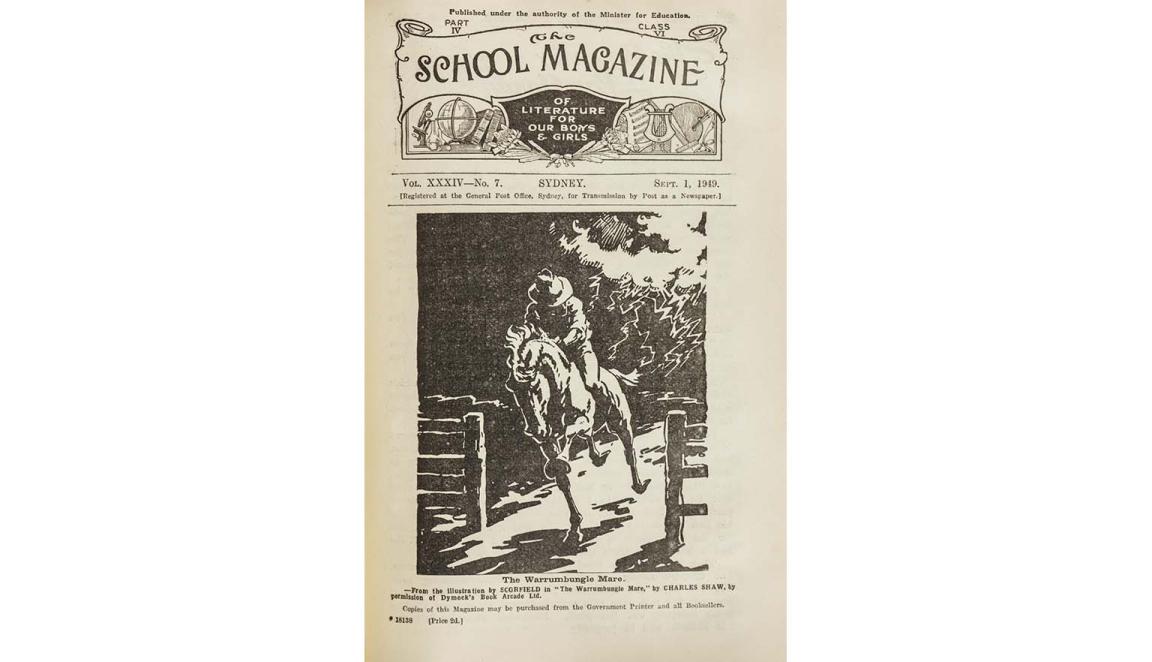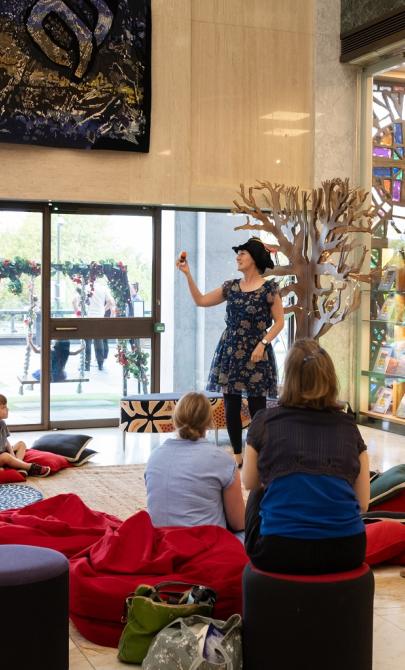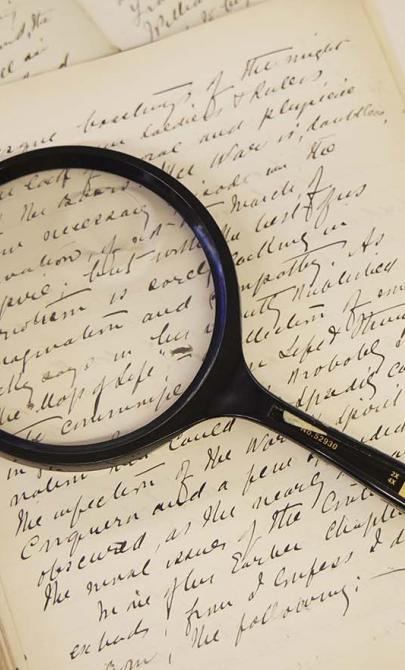Adventure
Heroes, hardships and the wild Australian frontier
As the British Empire expanded, the Australian landscape offered all the ingredients for tales of exploration and survival — wild terrain, bushfires, snakes, strange animals, and the lurking presence of escaped convicts and bushrangers. The gold rush brought fortune-seekers from Europe and Asia, adding further drama to the setting.

New South Wales. Department of Education, The Warrumbungle Mare. (1 September 1949). In The School Magazine of Literature for Our Boys and Girls, Vol. 34, no. 7 (Part 4, Class 6), nla.gov.au/nla.obj-827990456
New South Wales. Department of Education, The Warrumbungle Mare. (1 September 1949). In The School Magazine of Literature for Our Boys and Girls, Vol. 34, no. 7 (Part 4, Class 6), nla.gov.au/nla.obj-827990456
Adventure stories for boys revelled in their dramatic excesses during the second half of the 19th century, but their popularity declined during the first half of the 20th century.
These stories often stemmed from a human desire to explore and conquer harsh environments. The hostile Australian landscape created natural conflict — the driver of suspense and action. Through courage, endurance and intelligence, the hero overcomes nature or human opposition.
From 1900 onwards, many children’s authors were Australian-born. This brought a shift toward more realistic portrayals. Adventures linked to national projects like the Flying Doctor Service and the Snowy River Scheme became new foundations for storytelling.
By the mid-20th century, adventure stories began to merge with family narratives. As urban environments expanded, stories set on the bush fringe reflected everyday experiences for many children. This fusion made adventure stories more relatable to young Australian readers.
Learning activities
Activity 1: Analysing adventure stories
Choose an adventure story to analyse from the hundreds published in The School Magazine.
- Discuss whether any of the contents fit with the way we now live.
- Explore the development of the stories, the use of language to expand the narrative and the ways they hold the reader’s attention.
- Encourage students to explore common themes and experiences in the magazine stories and use these as a starting point to create their own narrative text.
- Read the magazine articles to see if they inspire new ideas for students’ own writing.
- Look closely at the use of punctuation, text structure and language in the articles.
- If your school still subscribes to The School Magazine or a similar publication, compare and contrast items from old and new issues.



